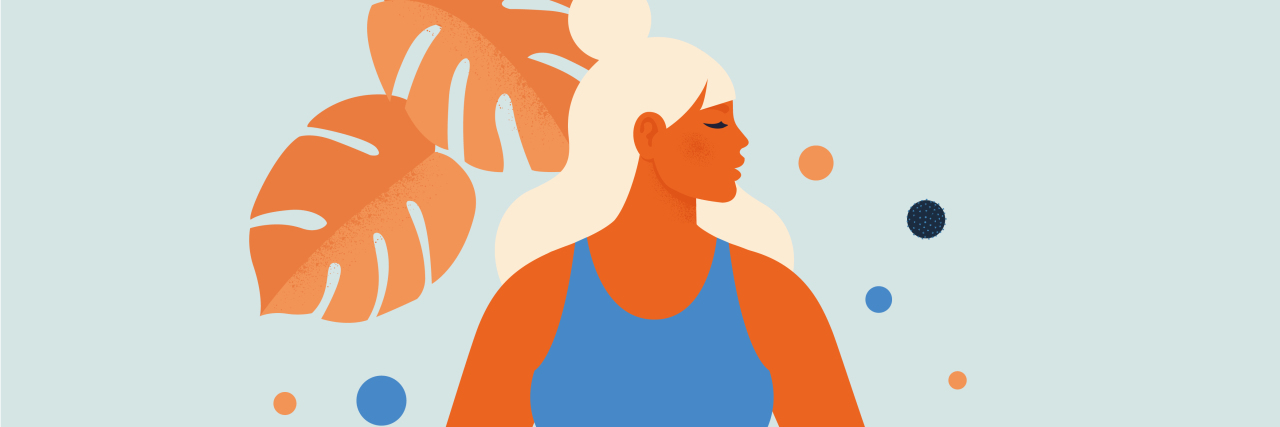Breaking Up With Suffering and Shifting My Relationship With Pain
Pain. Sometimes I forget what it’s like to be without it, or at least to live my life without tiptoeing around or avoiding any triggers. I’ve been living with chronic migraine for almost five years now. And most days, I’m living with some level of pain. And just because I’m out of bed or I’m smiling or laughing doesn’t mean I’m pain-free.
I think that’s one of the hardest things for people without chronic pain or illness to understand. That while my symptoms may go from manageable to intolerable from one day to the next, I am always living with chronic illness. It is always there. And even on the rare occasions I am pain-free, my brain has become so primed to search for and avoid pain that it feels as though it’s on a constant search party — always on the lookout.
And while I can appreciate that my body is trying to keep me safe, what was once meant to be something protective has begun to create a vicious cycle. When the brain interprets something that reminds it of pain, it zooms in for a closer look. As a survival mechanism, the brain becomes primed to spot the first sight of pain so it can do everything it can to avoid it. And while this can be helpful, it can also cause the body to tense up and prime it for action, thus aggravating and intensifying pain, and make the body even more sensitive to pain signals in the future. I’ve been caught in this cycle for the last several years. Scared of my own body. Horrified by every twinge, every activation. Traumatized by my own bodily sensations. Constantly primed for action.
And with the physical pain comes the stories and questions I ask myself — “This will never end. Will things get worse? Is this my fault? What have I done to deserve this? What if this is my life? There’s no point in continuing on. I can’t keep doing this.” These types of narratives give my mind free reign to explore its darkest fears and fill me with anguish and despair. This is suffering. And while I may not be able to control the triggering of painful sensations in my body, I do have some control over the suffering by changing my relationship to the pain and shifting my narrative.
While I may have pain, I am not my pain. This unpairing is critical to healing from suffering. It seems like such a simple distinction, but when I really work on separating the two, it offers a softening to the overall suffering I feel. There is nothing I did or didn’t do to deserve this, and by adopting a more mindful approach to pain, it allows me to not pre-feel any potential future pain or fixate on previous times of suffering.
When I shift my narrative from “my body is betraying me,” to “my body is working so hard to fight,” there is a softening. When I shift my narrative from “I used to be so physically strong,” to “My strength has shifted and I am stronger than ever,” there is a softening.
When I shift from “I can’t keep doing this,” to “One breath at a time, one moment at a time,” there is a softening.
I am not my pain. You are not your pain. We are not our pain.
Getty image by Angelina Bambina.

